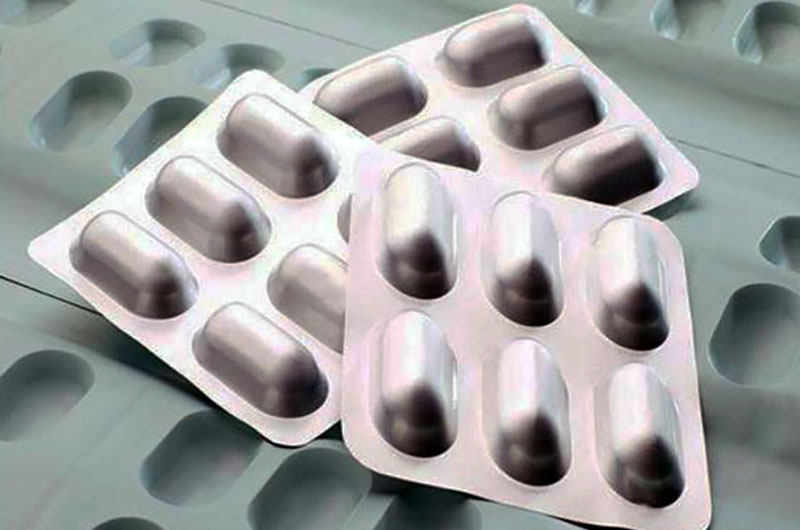Medicinal Aluminum Foil Packaging Barrier Performance Testing Requirements
Medicinal packaging aluminum materials must meet the requirements of drug safety, adaptability, stability, functionality, protection, and convenience.
Medical aluminum foil and medical composite film are the two most critical raw materials in drug packaging, made from aluminum foil and PE film, respectively. Their main production and processing processes include printing, coating, and lamination. The core of these steps is combining aluminum foil, paper, or plastic film with ink or adhesive, achieving firm adhesion through a drying process.
During the production of pharmaceutical packaging materials, many quality issues typically arise from the quality of raw materials like aluminum foil, film, and paper. Therefore, improving and stabilizing the quality of aluminum foil, film, and paper is essential for ensuring the quality of medicinal aluminum foil and composite film products.

Below is a table of quality indicators for the pinhole density, elongation, and surface tension of aluminum foil, along with explanations:
| Indicator | Explanation |
| Pinhole Density | Pinhole density affects barrier properties, particularly the barrier performance of medicinal aluminum foil. Small pinholes (≤0.2 mm) have minimal impact on barrier properties, but large holes can reduce barrier effectiveness. |
| Elongation | During heat sealing, the aluminum foil must withstand tensile and shear forces. Low elongation means the foil is more prone to breakage, making elongation a key factor in evaluating the foil’s toughness. |
| Surface Tension | Surface tension determines the adhesion between aluminum foil and ink. Residual rolling oil is the primary cause of reduced surface tension. Double-zero foil generally has high surface tension, which typically avoids issues. |
Pinhole Density of Aluminum Foil
Pinhole density is a crucial quality indicator for aluminum foil, directly impacting its barrier properties, especially for medicinal aluminum foil. Pinholes are an unavoidable defect in aluminum foil production. Tests measuring the water vapor permeability of medicinal aluminum foil containing pinholes show that small pinholes (≤0.2 mm) have a negligible impact on water vapor barrier properties, mainly due to the “sealing” effect of adhesives. However, large holes may cause adhesive coatings to break, losing their barrier function. Therefore, a three-permeability instrument (water vapor permeability meter, air permeability meter, and oxygen permeability meter) is commonly used to test pinhole density in aluminum foil.
Elongation of Aluminum Foil
In the heat-sealing process of medicinal soft-pack composite films, the aluminum foil layer must withstand tensile and shear forces at the connection points between the pressure and non-pressure zones. Low elongation indicates brittleness, making the foil prone to breakage. Elongation testing can be performed using a tensile testing machine. During testing, the displacement before and after the foil strip breaks is recorded, and the elongation is calculated based on displacement changes and the strip length.
Surface Tension of Aluminum Foil
Surface tension is critical for the gravure printing effect on aluminum foil. Residual rolling oil used in aluminum foil processing is the main factor reducing surface tension. Double-zero foil, used as a soft aluminum foil for lamination, generally has high surface tension and usually does not cause significant issues. The use of a tape rolling machine can measure the ink adhesion on gravure-printed plastic film, decorative glass paper (including printed composite film), and check the adhesion of the surface layers formed in processes like vacuum coating, surface coating, and lamination.

